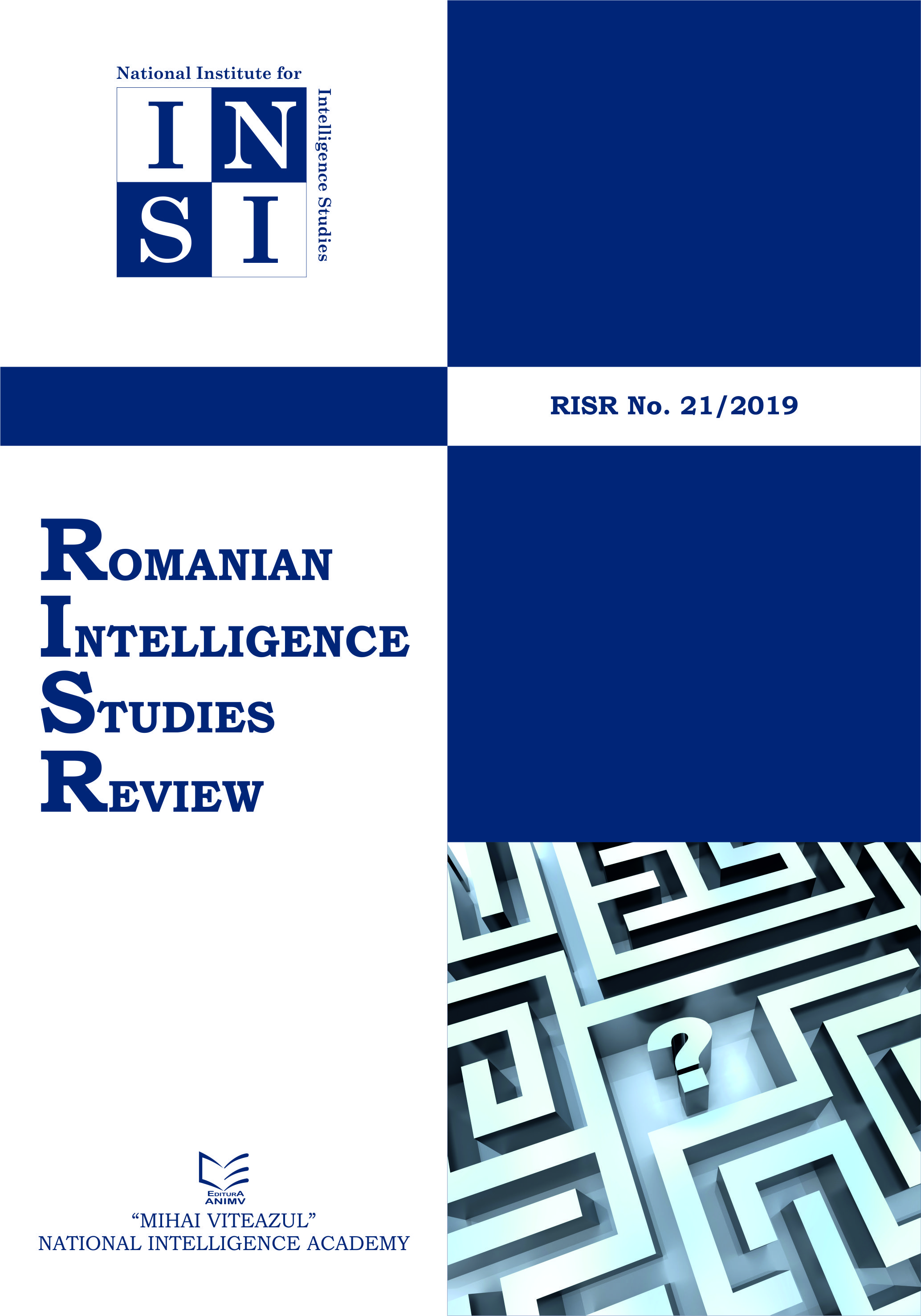THREATENING LETTERS: MENTAL CONFUSION AND HATE AS MOST COMMON PREDICTORS OF ARREST FOR VIOLENT BEHAVIOUR
THREATENING LETTERS: MENTAL CONFUSION AND HATE AS MOST COMMON PREDICTORS OF ARREST FOR VIOLENT BEHAVIOUR
Author(s): Margaret DIEKHUIS-KUIPERSubject(s): Social Sciences, Sociology, Studies in violence and power
Published by: National Institute for Intelligence Studies
Keywords: Public figures; violent behavior; communicated threats; threat assessment; offender characteristics; forensic linguistics;
Summary/Abstract: This study focused on digital and handwritten threats against individuals in what are known as the national security domain. Being threatened may stir up feelings of fear or unrest. Making threats towards people in the public domain can influence the public debate and may even jeopardize the democratic legal order when a fear of (repeated) threat stands in the way of open and frank discussion. Threats, and the subsequent assessment and decision-making process, are time-consuming and difficult, without other available documents. The main question was: which characteristics can be linked to criminal acts? Insights were gained from threat studies and from forensic linguistics to better understand the motives of those writing threatening letters. Bivariate- and logistic regression analysis were used for assessing characteristics in 450 letters. Mental confusion, which was operationalized in the theoretical framework as incoherent use of language, was linked to repeated threats. Mental confusion and hate increased the likelihood of being arrested for violence behaviour.
Journal: Romanian Intelligence Studies Review
- Issue Year: 2019
- Issue No: 21
- Page Range: 211-242
- Page Count: 30
- Language: English

